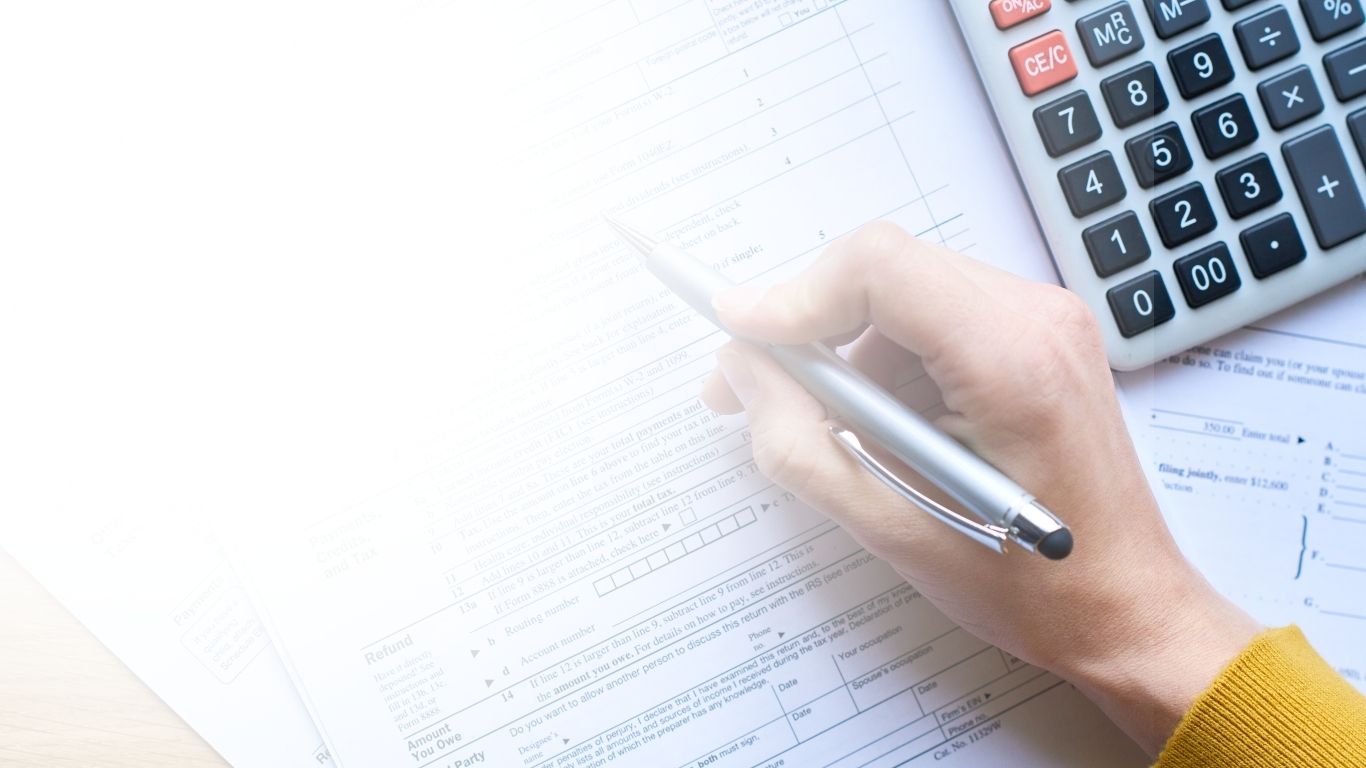As the year winds down, regional governments typically offer amnesty for land and building tax payments. This initiative aims to enhance tax compliance and boost state revenue. Since 2010, the management of rural and urban land and building tax (Pajak Bumi dan Bangunan Pedesaan Dan Perkotaan / PBB–P2) has transitioned from the central government, specifically the Directorate General of Taxes (DGT), to the regional government. This shift is mandated by Law of the Republic of Indonesia Number 28 of 2009 regarding Regional Taxes and Regional Levies (Pajak Daerah dan Retribusi Daerah / PDRD), which outlines the types of taxes districts and cities can collect, including PBB-P2. The law specifies that PBB-P2 applies to land and/or buildings owned, controlled, or utilized by individuals or corporations, except those used for plantation, forestry, and mining activities.
However, the tax object sale value (Nilai Jual Objek Pajak / NJOP) is determined through a PBB-P2 assessment process, as stipulated by the Law of the Republic of Indonesia Number 1 of 2022 on Financial Relations Between Central and Regional Governments. Further provisions regarding the PBB-P2 assessment are regulated by Ministerial Regulation. This means that while regional governments collect PBB-P2, the assessment of tax objects remains under central government control.
The assessment process is detailed in Article 55 Section 6 of Government Regulation Number 35 of 2023 regarding General Provisions for Regional Taxes and Regional Levies. These provisions stipulate, among other things, that the NJOP is set by regional heads every three years, except for certain objects that can be assessed annually. The NJOP is calculated based on the average price from fair sale and purchase transactions. If a fair average price cannot be determined, alternative methods are used, including price comparison with similar tax objects, new acquisition value, or replacement value.
The price comparison method involves comparing the tax object with similar nearby objects of the same function with known sale values and making necessary adjustments. This method is primarily used for land and can also apply to certain building assessments.
The new acquisition value method calculates all costs incurred to acquire a new building at the assessment time, adjusted for depreciation based on the building's physical condition. Cost estimations include materials, main components, and other facilities.
The replacement value method projects the annual rental or sales income from the tax object, minus vacancies, operation costs, and entrepreneur rights, capitalized at a certain rate. This method is typically used for commercial properties like hotels, apartments, office buildings, airports, ports, and recreational areas.
These provisions are further detailed in the Minister of Finance Regulation (Peraturan Menteri Keuangan / PMK) Number 85 of 2024 regarding the Assessment of Rural and Urban Land and Building Tax. The PMK regulates that the basis for PBB-P2 is the NJOP, determined by the PBB-P2 assessment process. There are two types of NJOP: land NJOP and building NJOP. Building NJOP is further divided into general tax objects and specific tax objects.
General tax objects are buildings with standard construction and land areas that meet specific criteria. PMK 85 of 2024 categorizes general tax objects into two groups: standard and non-standard tax objects. Standard tax objects are buildings with a land area of less than 10,000m², a building area of 1,000m² or less, and four or fewer floors. Meanwhile, non-standard tax objects include buildings with a land area exceeding 10,000m², a building area over 1,000m², and more than four floors.
A mass assessment is typically conducted to calculate the NJOP for general tax objects. If a mass assessment is not feasible, individual assessments are used instead.
Specific tax objects have unique construction, functions, or conditions that hold particular significance. For example, toll roads, airports, stations, dams, ports, docks, shipyards, golf courses, stadiums, racing circuits, cement/fertilizer factories, recreation areas, oil/water/gas storage/refineries, pipelines, fuel filling stations, towers, and other buildings as defined by laws and regulations.
The PBB-P2 assessment process is carried out by official assessors appointed by the regional government. If a regional government does not have official assessors, the assessment is conducted by officers who have completed an assessment training course, demonstrated the ability to conduct PBB-P2 assessments, and obtained PBB-P2 assessment certification.
This overview provides a brief look at PBB-P2. Understanding the PBB-P2 assessment process is crucial to ensure that land and building tax objects are assessed accurately, neither too high nor too low. If taxpayers need further consultation, Ideatax is ready to assist.
List of Regulations
- Law of the Republic of Indonesia Number 28 of 2009 regarding Regional Taxes and Regional Levies.
- Law of the Republic of Indonesia Number 1 of 2022 regarding Financial Relations Between Central and Regional Governments.
- Government Regulation Number 35 of 2023 regarding General Provisions for Regional Taxes and Regional Levies.
- PMK Number 85 of 2024 regarding the Assessment of Rural and Urban Land and Building Tax.


